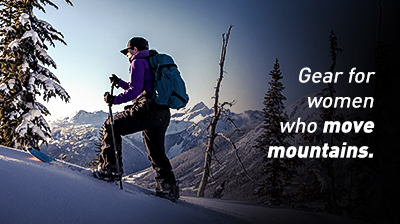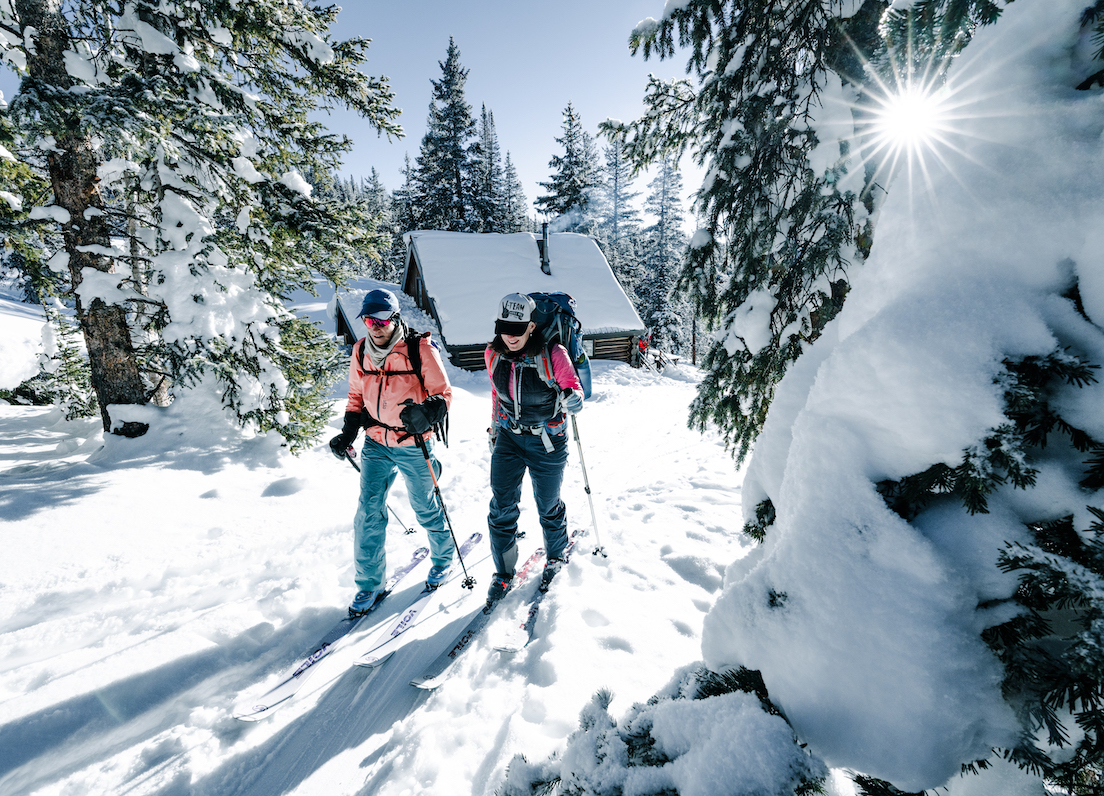
Finding the Perfect Backcountry Ski Partner: What to Look For and Why It Matters
Share this Post
There is so much to be said about the lessons I’ve learned from my partners in the mountains that I could literally write a book from their teachings. Choosing the right backcountry ski partner is the most important choice you will make about your day, not just for safety, but for having fun and growing as a backcountry skier or rider. I approach new ski-lationships like dating. I wouldn’t go on a week-long trip to Mexico for a first date and I wouldn’t go to a complex objective with a stranger. My preference is to start small and low consequence and work towards the big stuff. A good partner brings certain essential qualities to the table, and in this post, I’ll expand on those and offer some additional thoughts on finding the right fit.
Essential Qualities of a Good Backcountry Ski Partner
Skills and Gear:
First and foremost, both you and your partner should have all the necessary rescue gear (beacon, shovel, probe, etc.); but It’s not enough to just carry a first aid kit or a beacon, everyone needs to know how to use these tools effectively in a crisis. Consider taking rescue, avalanche or first aid courses together to ensure that both of you are prepared for emergencies. These skills become rusty without focused practice, so incorporate ongoing practice into your everyday routines.
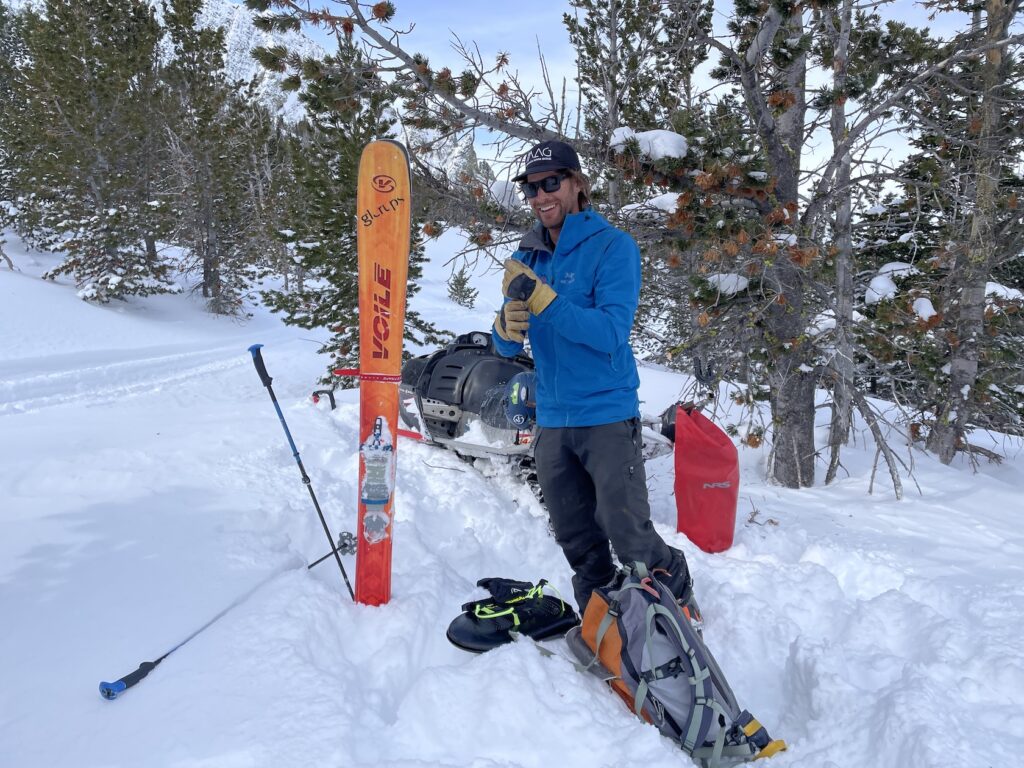
Communication is key:
Effective communication is the cornerstone of any successful partnership. Your partner should be able to express their thoughts and opinions clearly while also being an attentive listener. If you and your partner can’t communicate well, one or both of you may end up having a bad outing, which could spoil your ski-lationship (And possibly an entire friendship). Learn how to listen and learn how to share. Practice asking for your partner’s input in complex situations. Developing this skill is crucial, and while people like therapists can provide valuable tools, simply making an effort to listen and share openly can go a long way.
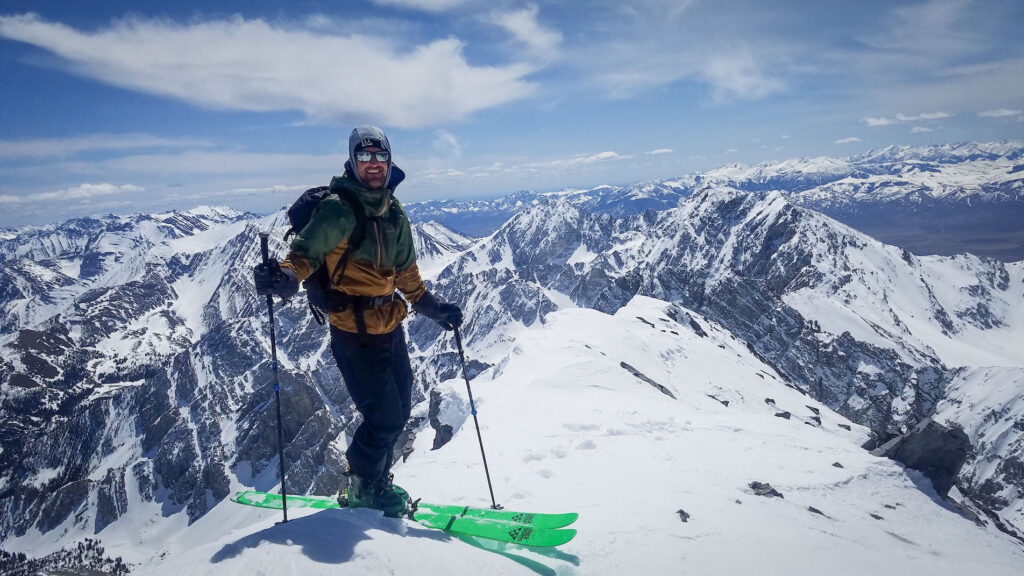
First aid training:
At a minimum, your partner should have completed a Wilderness First Aid (WFA) course. In and ideal world they would be certified as a Wilderness First Responder (WFR). In the backcountry, having someone trained in first aid can mean the difference between a minor incident and a major crisis.
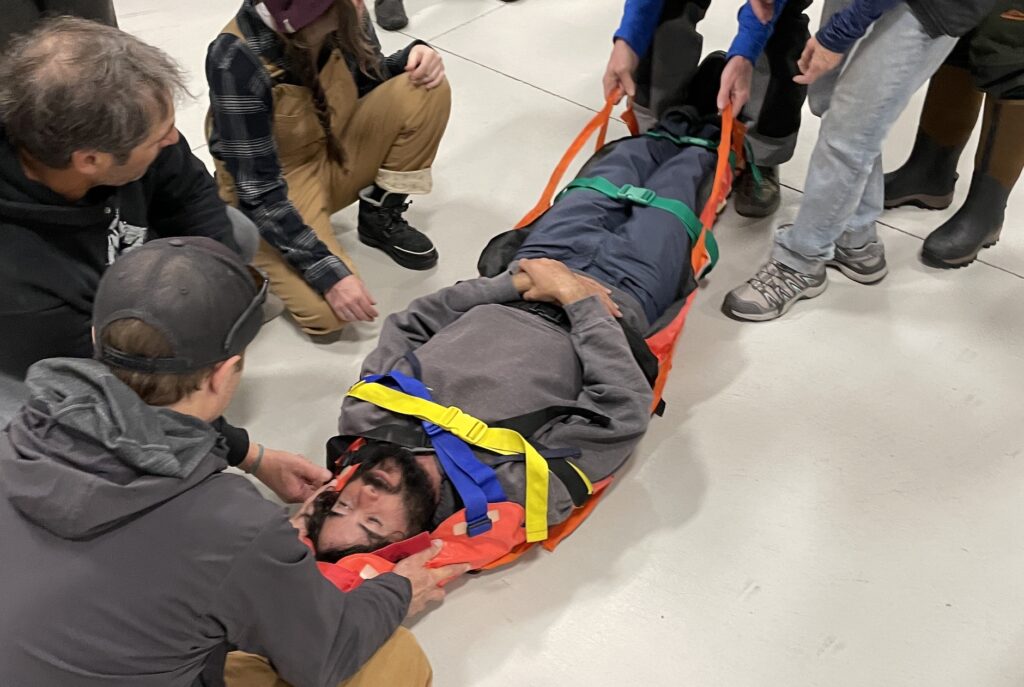
More than just skiing skills
It’s not an accident that being fit or an exceptional skier isn’t on my list of priorities. There’s a significant difference between being a “good skier” and being a “good person to go skiing with” and I’ll always choose the latter over the former. Here are a few additional things to look for when selecting your backcountry partner.
Diversity of experience:
Don’t ski or ride in a partner echo chamber. A diverse group can help cover each other’s blind spots more effectively. For example, some individuals may excel at navigation, while others are great at facilitating communication within the group. People from different backgrounds all bring something special to the table. A lot can be learned from a diverse portfolio of partners.
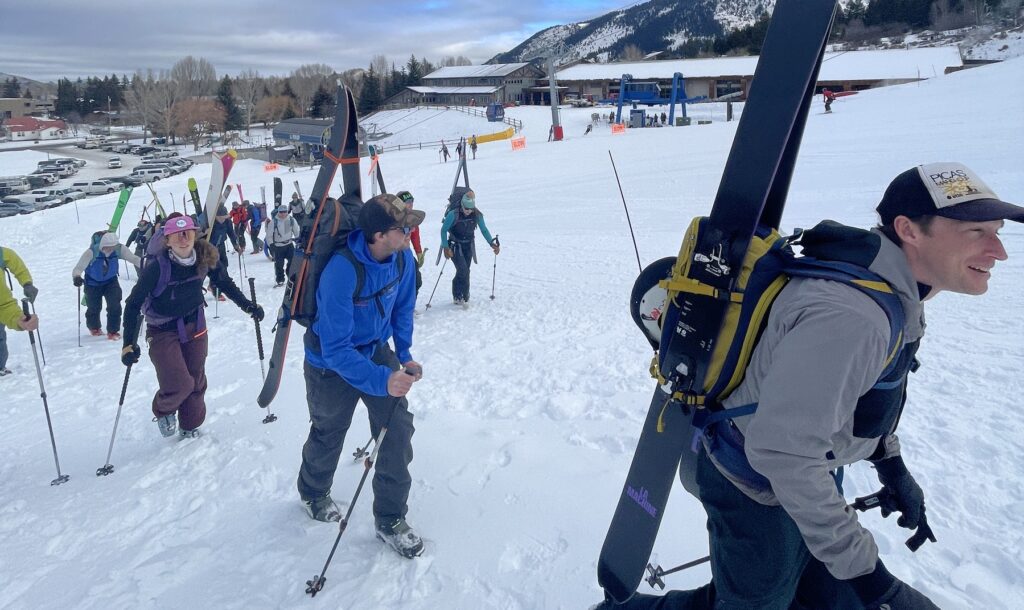
Shared willingness to learn from mistakes:
If your goal is to improve your skills in the backcountry, find a partner who shares that mindset. Someone who gets frustrated when things don’t go perfectly won’t be the best companion for your journey. Both of you should be on the same page regarding your goals and understand that improvement will involve making mistakes along the way. Embrace those speed bumps as part of the learning process!
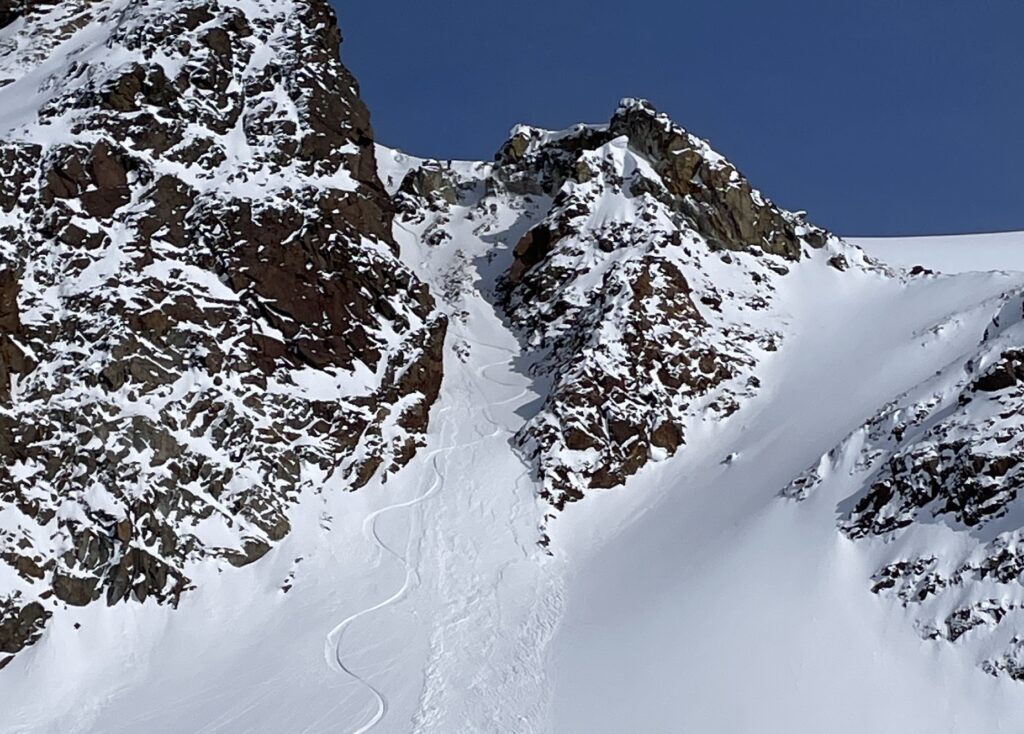
Someone that can call you on your s#!*:
Young Aaron had to do some growing up to come around to this but now it’s my favorite quality in a partner. We all let our ego, goals, or outside distractions influence our decisions from time to time, and it can be challenging to for us recognize that in the moment. Find a partner who can see this and is willing to call you on it when it’s happening. It’s not easy and can take time to develop but is worth the investment for a deeper, more productive partnership.
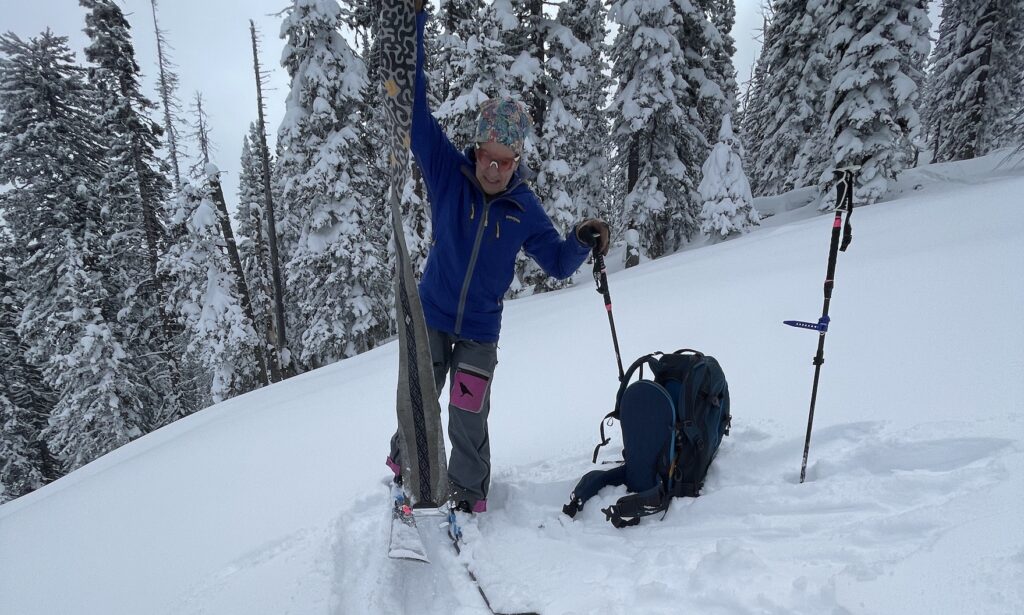
Building a lasting relationship
Choosing a backcountry ski partner is about more than just skill sets; it’s about building a relationship based on trust, communication, and shared goals. The mountains can be a great teacher, and the right partner can help you learn, grow, and come home in one piece. Before you embark on your next tour, take the time to evaluate your potential partners against these qualities. The right choice will lead to unforgettable days in the snow and a lifelong friendship forged in the heart of the wilderness.
In conclusion, the next time you gear up for a backcountry adventure, remember that your partner plays a pivotal role in the experience. By prioritizing skills, communication, diversity, a willingness to learn, and accountability, you’ll not only improve your own skills but also deepen your connection with the mountains and each other. So choose wisely, and enjoy the journey ahead!
About The Author
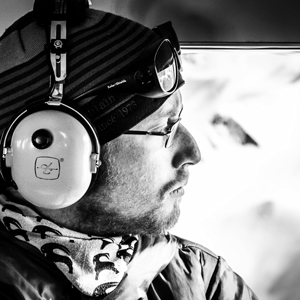
Location: Jackson, WY
Top Gear Picks: Skyline 166cm / Hyper V-Tail 160cm and 190cm
Instagram: @aarondiamond13
Aaron Diamond is an AMGA Certified Splitboard Guide and avalanche educator based in Jackson, Wyoming. He guides year round for Exum Mountain Guides and has guided technical ski and snowboard descents on various Teton summits including the Grand Teton, Middle, Teton, Nez Perce, and Mt Moran. In the summer months Aaron works as an alpine climbing guide on Denali and throughout the Greater Yellowstone Ecosystem. He is alway psyched to share his backyard with experienced and new backcountry travelers
In his free time Aaron enjoys spending time in the splitboarding in the Tetons, or exploring the lesser known areas of the Alaska Range with his friends. He has first descents in the Tetons, Andes, and Alaska Range, including unrepeated splitboard descents of the Ramen Route on Mt Hunter (14,573ft), Mt Foraker’s Sultana Ridge (17,400ft), The Fat Calf Couloir on Pico Polaco (5995m) and the SE Face of the Gilkey Tower (12,320ft).
Share this Post



